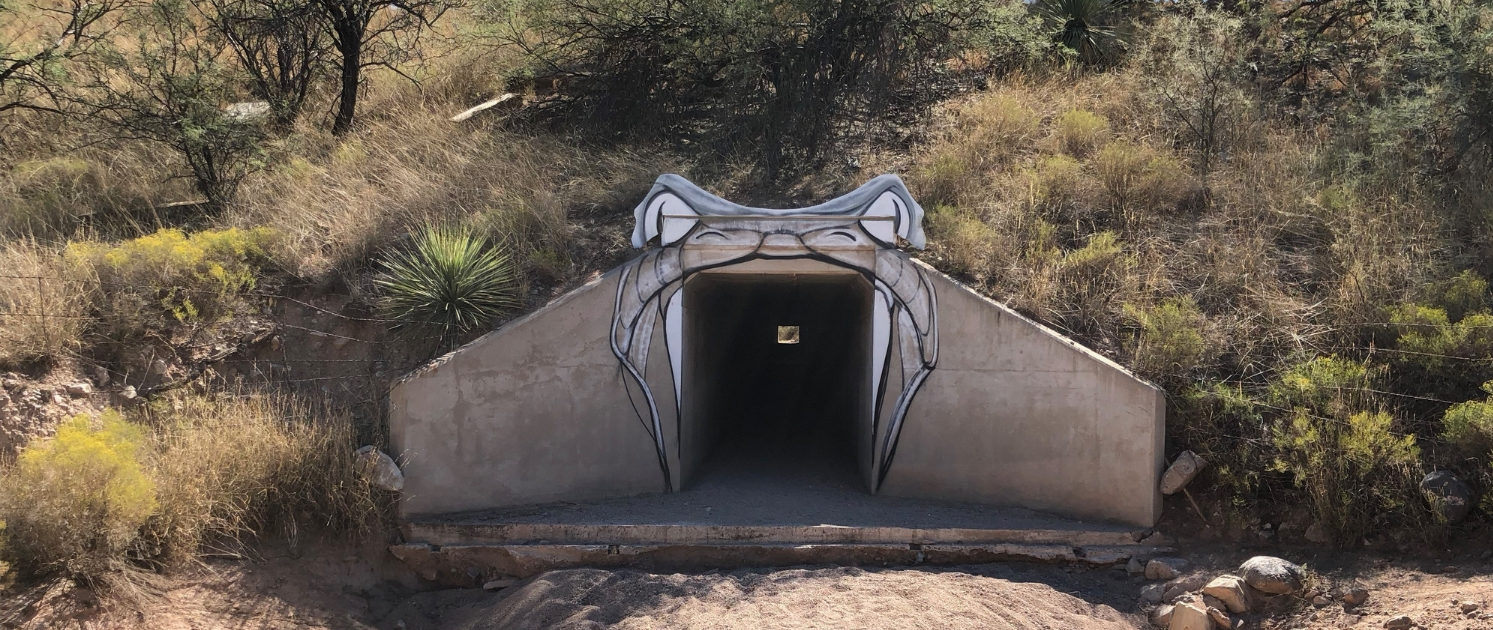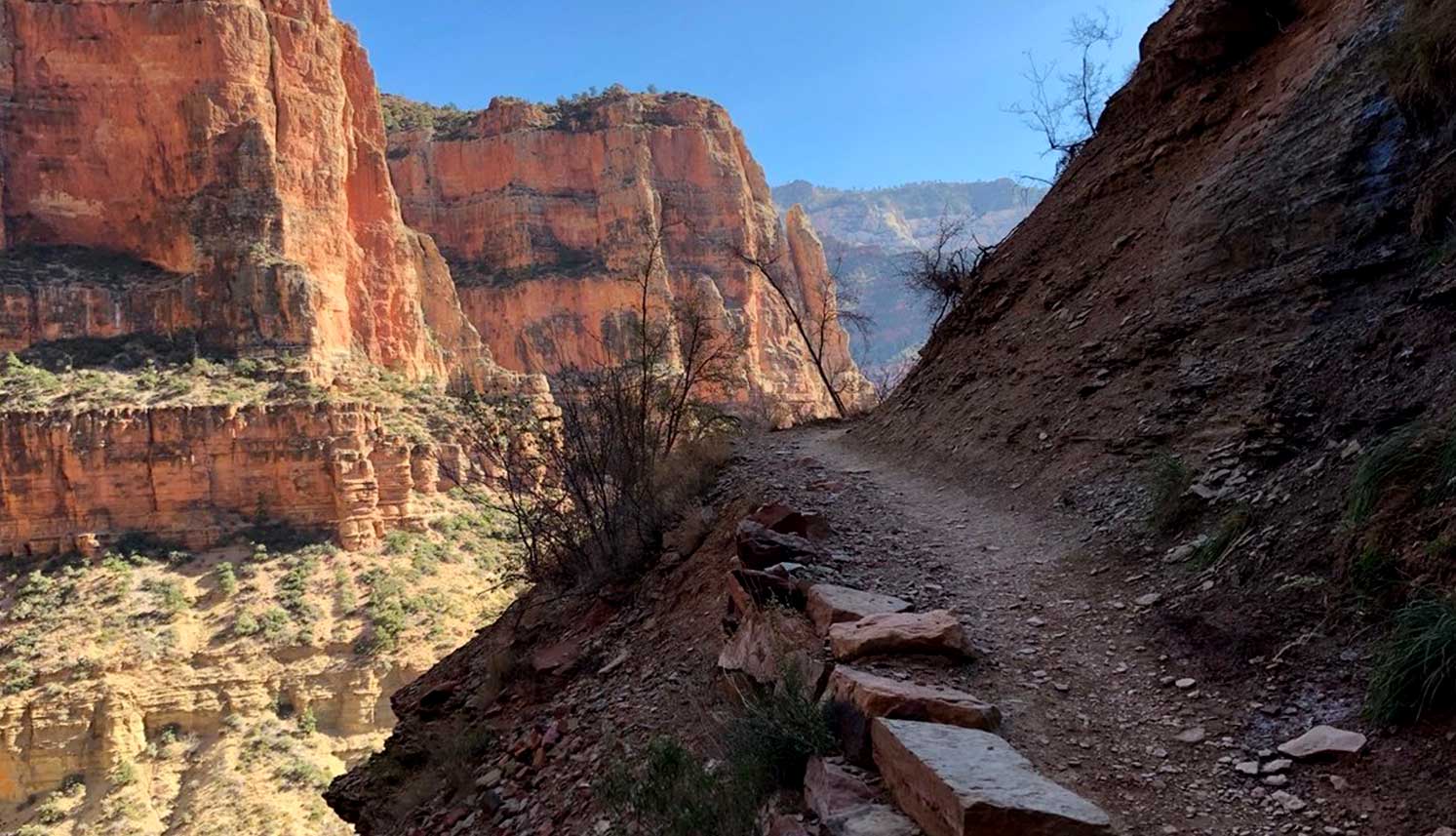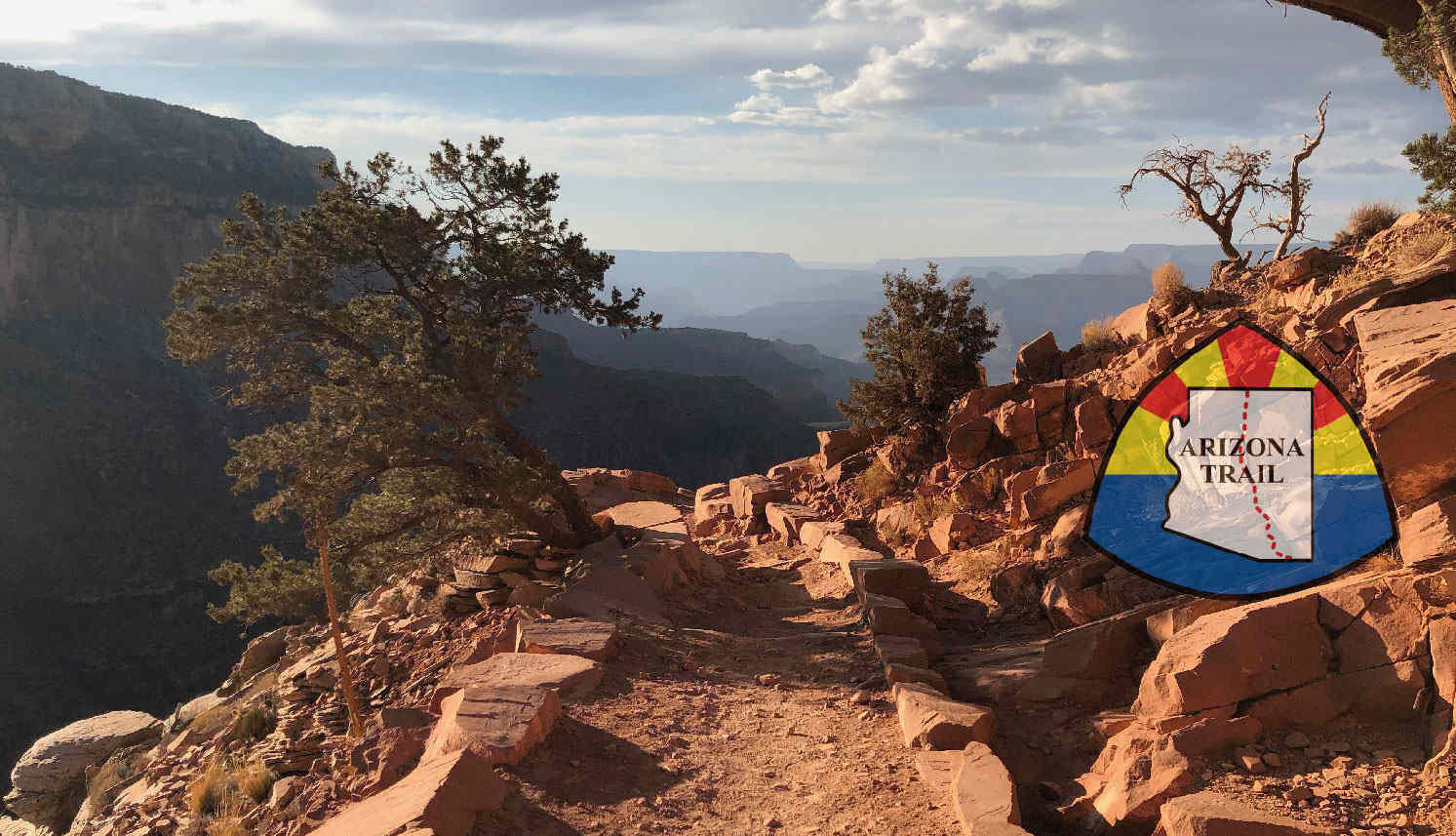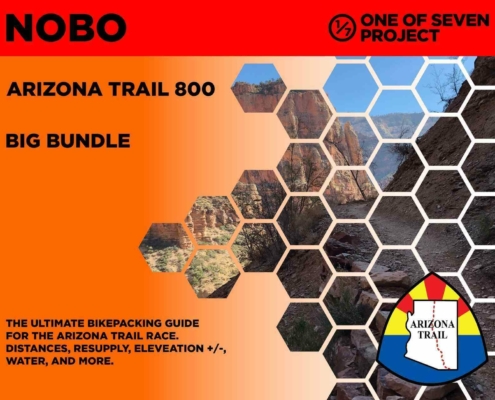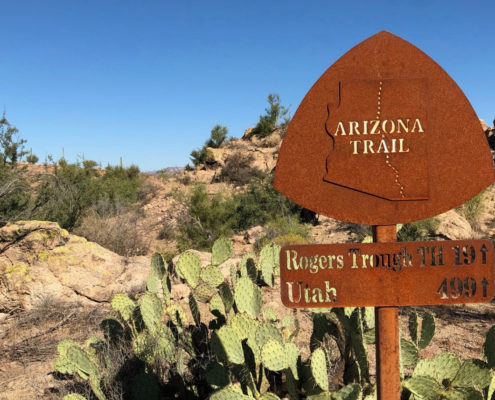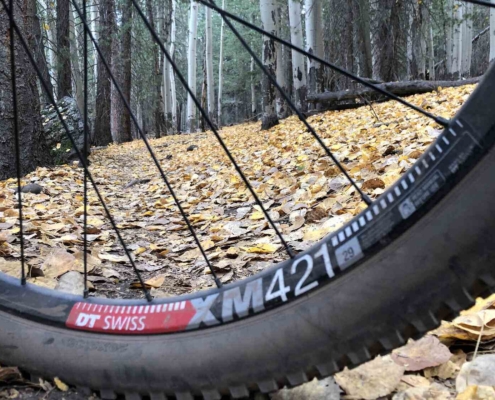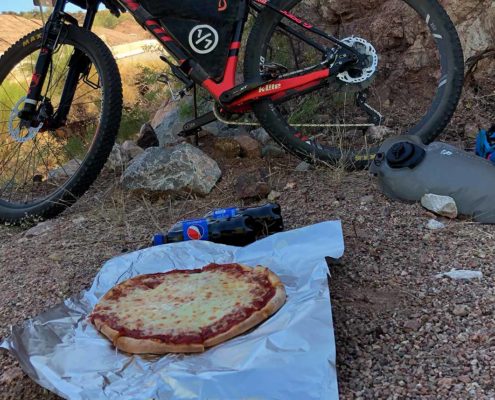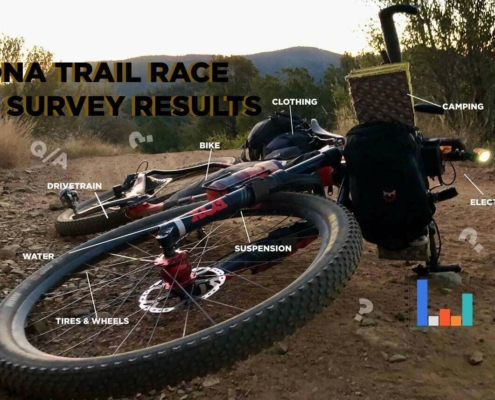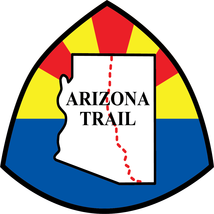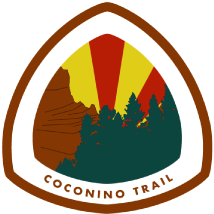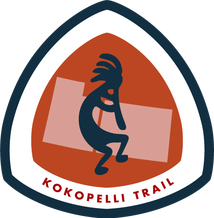4.
Passage 10 —
Redington Pass
Redington Pass is a 1.8 mile HAB, that is shadeless and steep. The whole time you’re pushing your bike up it you’re thinking how great the descent will be. SPOILER ALERT, it sucks. With a bikepacking set up it’s got multiple unrideable drops/switchbacks. The mileage to get up and down the pass is relatively short, but it’s the miles leading up to the pass that make it harder than it is. Like most of the southern part of the trail, it’s exposed and the sun beats down on you. As it does it takes your energy for passes like Redington.
This is definitely one that might not be on everyone’s hardest passages of the Arizona Trail. I was at one of my low points when I hit this passage.
5.
Passages 15/16 —
Tortilla Mtns / Gila River Canyons
Not to mimic the other descriptions on my list but these two passages also offer up more exposure, loose soil, rocks, steep climbs and lots of sun. The one positive is you can order pizza about eight miles south of the Gila River and have it delivered to you on trail! The only thing you’ll find that is flat is your pizza but not the bikepacking. Packs of Javelinas and Ringtail Cats along the Gila will also test you, if you ride this section at night.
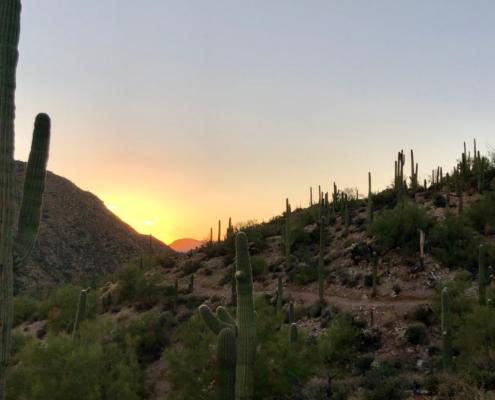 https://oneofsevenproject.com/wp-content/uploads/2020/03/Untitled-design-58-1.jpg
857
1493
Craig Fowler
http://oneofsevenproject.com/wp-content/uploads/2017/01/1of7-logo-lockup-grey-1132x212-300x56.png
Craig Fowler2020-04-01 08:07:052025-05-12 20:34:40Arizona Trail Gear: What Worked Well and What’s Even Better
https://oneofsevenproject.com/wp-content/uploads/2020/03/Untitled-design-58-1.jpg
857
1493
Craig Fowler
http://oneofsevenproject.com/wp-content/uploads/2017/01/1of7-logo-lockup-grey-1132x212-300x56.png
Craig Fowler2020-04-01 08:07:052025-05-12 20:34:40Arizona Trail Gear: What Worked Well and What’s Even Better
